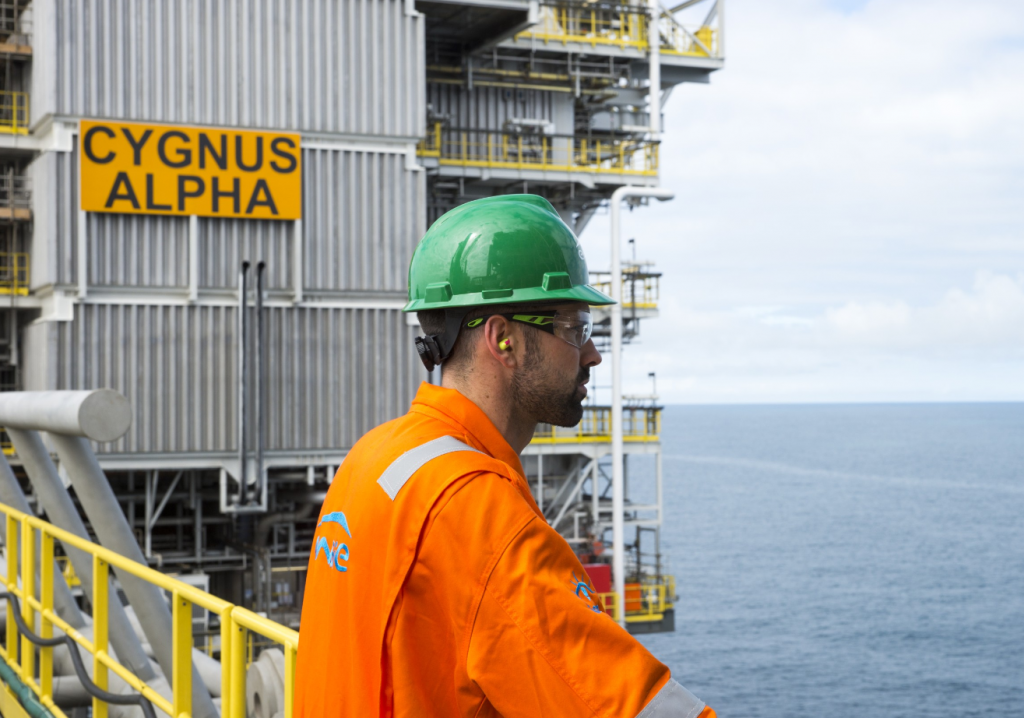
The oil industry must brace for five energy “tsunamis” that threaten to drag prices as low as $10 a barrel in less than a decade, according to Engie SA’s innovation chief.
The falling cost of solar power and battery storage, rising sales of electric vehicles, increasingly “smart” buildings and cheap hydrogen will all weigh on crude, Thierry Lepercq, head of research, technology and innovation at the French energy company, said in an interview.
“Even if oil demand continues to climb until 2025, its price could drop to $10 if markets anticipate a significant fall in demand,” Lepercq said at his office near Paris. Crude last slumped to that level in 1998.
“Solar, battery storage, electrical and hydrogen vehicles, and connected devices are in a ‘J’ curve,” he said. “Hydrogen is the missing link in a 100 percent renewable-energy system, but technological bricks already exist.”
The former French gas monopoly, which is now the world’s largest non-state power producer following a decade of acquisitions, is investing in renewables while selling coal-fired plants and exploration assets to shield itself from commodity-price swings. It plans to spend 1.5 billion euros ($1.57 billion) by 2018 on technologies including grid-scale battery storage, hydrogen output, “mini-grids” that serve small clusters of homes, and smart buildings that link up heating, lighting and IT systems to save energy and cut costs.
‘Massive Value’
“In the months to come, we expect to announce the first major steps of projects, investments, partnerships and potential acquisitions” in these areas, said Lepercq, a former banker and entrepreneur who in 2006 co-founded Solairedirect, a solar developer that was bought by Engie for about 200 million euros in 2015. “We’re talking about technology platforms in which massive value can be created from comparatively small investment.”
The cost of solar power will probably drop below $10 a megawatt-hour before 2025 in the world’s sunniest places, according to Lepercq. In September, Engie bought a stake in Heliatek, a German startup developing photovoltaic films that slot on to building facades. It also acquired an interest in Symbio FCell, a French manufacturer of fuel cells that convert hydrogen into electricity to run vehicles.
“As carmakers offer more electrical vehicles with a range exceeding 500 kilometers, charging stations being progressively deployed and more cities banning gasoline and diesel cars, a shift will progressively take place,” Lepercq said.
The number of battery and plug-in vehicles around the world has surged in recent years to top 1 million, according to the International Energy Agency.
Hydrogen may be as cheap as liquefied natural gas in less than 10 years, according to Lepercq, who highlighted its ability to turn solar power into transportable fuel.
“We’ll have the possibility to transport energy that’s produced very cheaply in remote places,” Lepercq said. He said he’s encouraged by the development of the first liquefied hydrogen carrier by Kawasaki Heavy Industries Ltd. as part of a Japanese plan to import hydrogen from Australia, and believes “hundreds” more will be launched in the coming decade.
In France, Engie recently conducted a “very deep modeling” of the Provence-Alpes-Cote d’Azur region of 5 million inhabitants, showing it could run entirely on renewables by 2030 for as much as 20 percent less cost than the current energy system, Lepercq said. Solar, wind, biogas, large-scale battery storage and hydrogen would be key elements. “The promise of quasi-infinite and free energy is here,” he said.
Recommended for you
